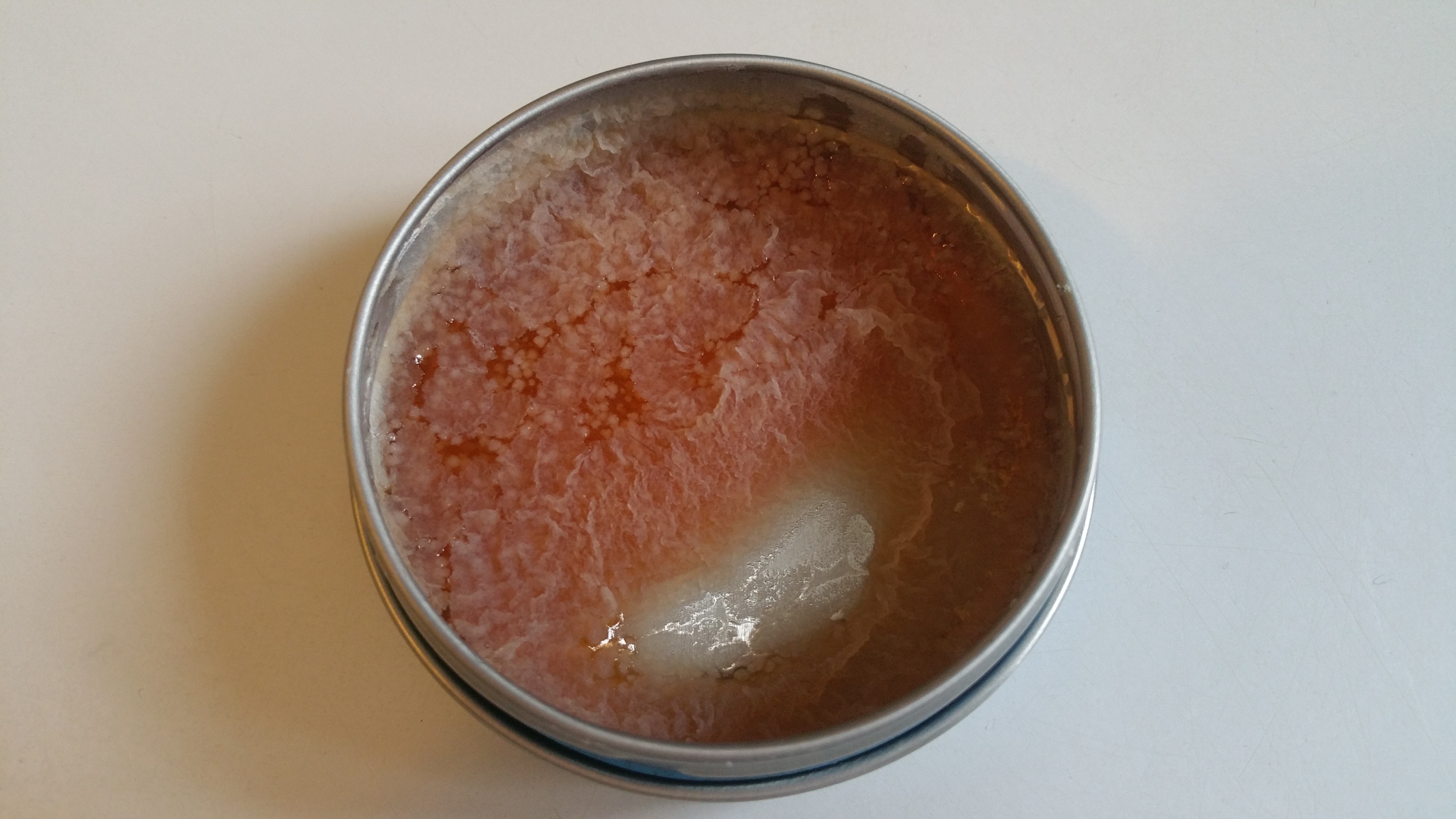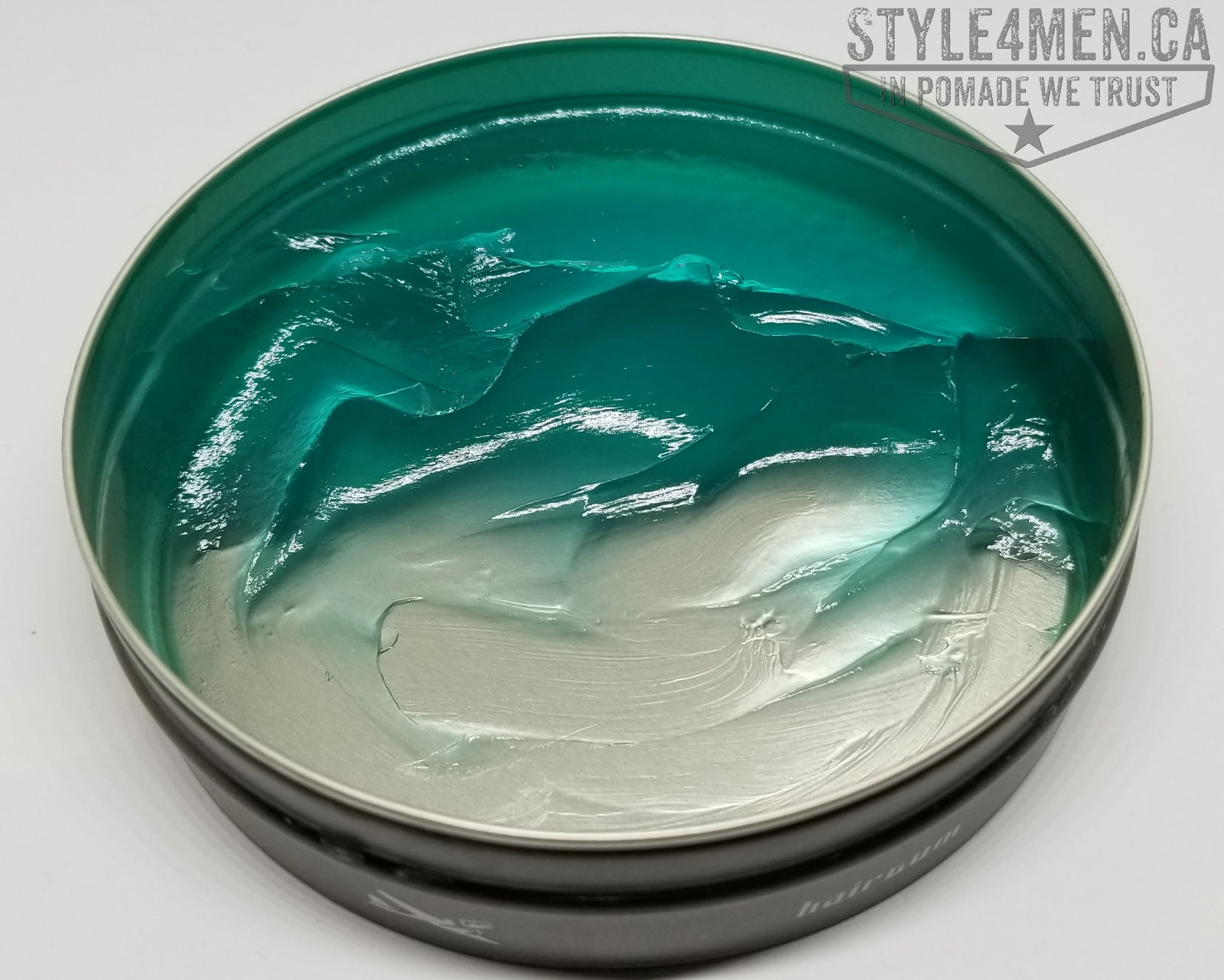Pomade Shelf Life
This is a bit of a different review as it is not a on a given product, but rather on the shelf life of pomades.
Let’s be honest, hair pomade as a whole is a bit of niche category. In that frame of mind it is easy to understand that production is most likely not on an industrial scale in many cases. Granted some of the more successful brand out there might be close to or maybe even mass-produced, but for the most part we are not looking at outrageous volumes of jars being manufactured daily.
Where I am going with this is the fact that your jar of pomade has a shelf life that might be shorter than what we are accustomed to for other hair products that “are” in fact mass-produced. For example, you might find it normal for your favorite shampoo to last a number of years. In parallel, we instinctively put pomade is a similar grouping as shampoo. It is fair to assume that if the shampoo has a shelf-life of, let’s say 2-5 years; a pomade should have similar longevity since it is more or less the same type of thing. Shampoo, conditioner, pomade, it’s all the same…come on! Right?
To date, I have never knowingly used a shampoo that was past its shelf life. The same is true for a conditioner and also for shaving creams. But, up until recently I was pretty much only buying the mass-market versions of these products. When something is mass-produced, it must also follow a number of guidelines and regulations. There are probably a number of chemists working on different aspects of the product, one of which will certainly be; its shelf life. Bottom line, mass produced hair products contain a good number of chemicals to maintain the product in a certain state as well as to offer the longest possible shelf life.
The recent movement in hair care and beauty care is to go a more natural route, or at the very least to remove a number of nasty chemicals that might offer wonderful qualities in making the mix work, but that are in fact harmful to our bodies. In some respect pomades are products that are very simple concoctions. The generally short ingredient list on your favorite pomade jar will attest to that. I won’t say that pomades are “natural” since I do not have the knowledge nor the education to certify that. But based on what I can see on the label of most pomades, there are no large quantities of preservatives or other chemicals whose purposes would be to extend the shelf life of the said pomade.
This does not necessarily mean that pomades are made in an artisanal fashion (some are and that is totally cool), but it does suggest a desire to keep it simple, clean and healthy.
The good thing is that you might actually know (and be able to pronounce) the majority of ingredient going into your pomade. This seams to be equally true for both water and grease based pomade concoctions This good aspect comes at a price: the shelf life of your pomade. Since preservatives and stabilizers are not included or are present but in lesser quantities, the shelf-life is proportionally reduced. Over the past year or so I have had two different brands of pomade essentially go bad, or curl on me. The first one was my Uppercut. All of a sudden the beautiful golden jelly, became white and hard as wax. Completely unusable. This morning, one of my jars of Reuzel Blue looked abnormally slimy. When trying to apply it, it was producing gritty clumps.
As a point of reference, here is what a pomade that has gone bad might look like:

Food items have a best before date. Cosmetics and hair products do not have such a requirement. While researching this topic, I have seen the 3 year scenario come up in two cases for beauty/hair products. First when researching manufacturers that produce pomades where it was stated that their product had a shelf life of 3 years. And secondly in the below statement:
Expiration dates are required for over-the-counter (OTC) drugs. However for OTC drugs without dosage limitations (e.g., antiperspirants, antidandruff shampoos, toothpastes, sunscreens, etc.), OTC drug regulations (21 CFR 211.137) do not require an expiration date provided that these products have demonstrated at least 3 years of stability.
Reference: http://www.cosmeticsinfo.org/shelf-life-and-expiration-dates
OK, so we are working with a 3 year scenario. If you go through the life cycle of a product, you might realize that 3 years is in reality quite short by the time the product is in your consumer hands.
- Production day
- Stored in manufacturer’s warehouse until sold to distributor
- Shipped from warehouse to distribution center
- Stored in distribution centre
- Shipped to retailer
- Put on shelf in store
- Bought by consumer
- Product opened and used
Any of the steps between 2 and 7 can be a number of weeks or months. By the time you buy a given product, it might already be 1 ½ years old. Based on the scenario above 1 ½ years is not a wild or crazy stretch of the imagination.
In Europe, there is a further concept, that of a “Period After Opening”. In other words, after opening your product, it should be good for X number of months before spoiling.
As you might have noticed, your pomade jar has no mention of a date anywhere. No production date, no best before date and no Period after opening date. It is thus pretty hard to gauge how old the product you are buying is and even more of a guess as to how long you have left before it spoils. I would venture that in a best case scenario, the product on the shelf in your store, barber shop or salon is at a minimum already a year old. I throw the 1 year mark, just because of the multiple events and steps required to make the product and to get it to a store.
What do you do from here? Here a few pointers.
Buy from a reputable source.
You might have noticed this before; when you buy your pomade from Shop XX it is completely workable but it is hard. And when you buy the same brand of pomade from Store YY that same brand of pomade feels fresh and much easier to work with. That is a workable reference point for freshness. Store YY might have a better and faster distributor. Also when possible, try to buy a product that hasn’t been opened and therefore has kept its sealed in freshness. Generally speaking the time counter starts when the contents of the package is exposed to air.
Once you have the product:
- Open it as needed and close it right away.
- Don’t mix it with other products.
- Have clean hands when working with the product as to not introduce foreign materials to the mix.
Good luck out there and stay sharp!
– Head Pomade guy
Addendum: June 27th, 2018
This post was published over a year ago and I wanted to expand a little on the topic of the shelve life of pomades.
This morning I reached for one of my favorite pomades this morning and was disappointed to realize when relaxing in my palms that it had gone bad. When opening the jar, everything looked good and smelted just as expected, but when working it, instead of the pomade becoming clear as it should it became white and clumpy.
At first I figured I might be reacting with something I had on my hands and washed them again, only to return to the same observation. Now, this particular jar of pomade was purchased at Winner’s. As great as Winner’s can be, you have to understand that they are purchasing crates of older products. Technically, all in good shape and within their assumed shelf life, but most likely closer to the end of that cycle than if you had obtained it from the manufacturer. I will venture that the jar was probably already about 2.5 – 3 years old and has been in my possession for well over 6 months. Another small detail is that this jar did not have a screw one lid which is the common solution. It was simply a snap on and therefore not offering any real seal. In the case of grease pomades, this type of snap on lid is the norm, but grease does not age in the same manner and it is suitable solution for these pomade types. Not the water based concoctions.
I simply wanted to add a few pictures to this original post to give you a reference point of when a pomade has gone bad. BTW – it was also actually hard to wash off of my hands. Basically, the chemical balance between the ingredients and properties was lost over time.


